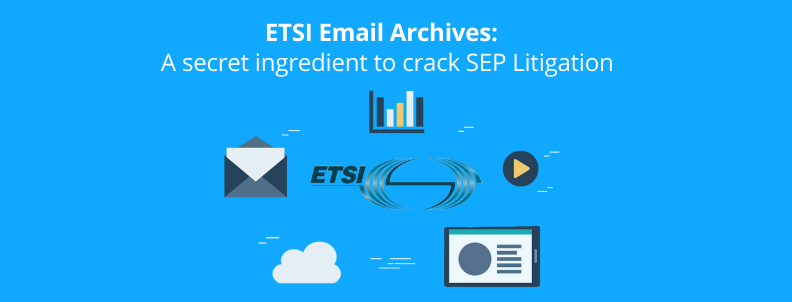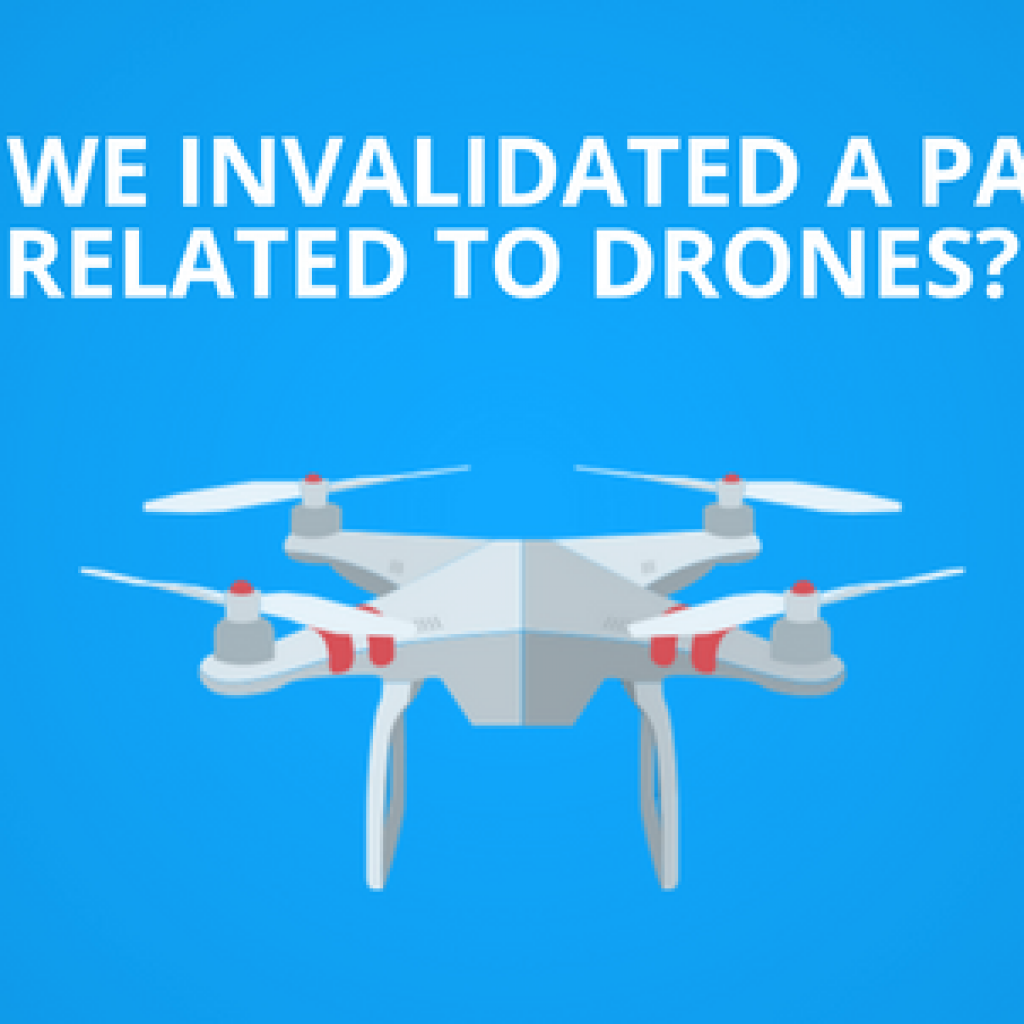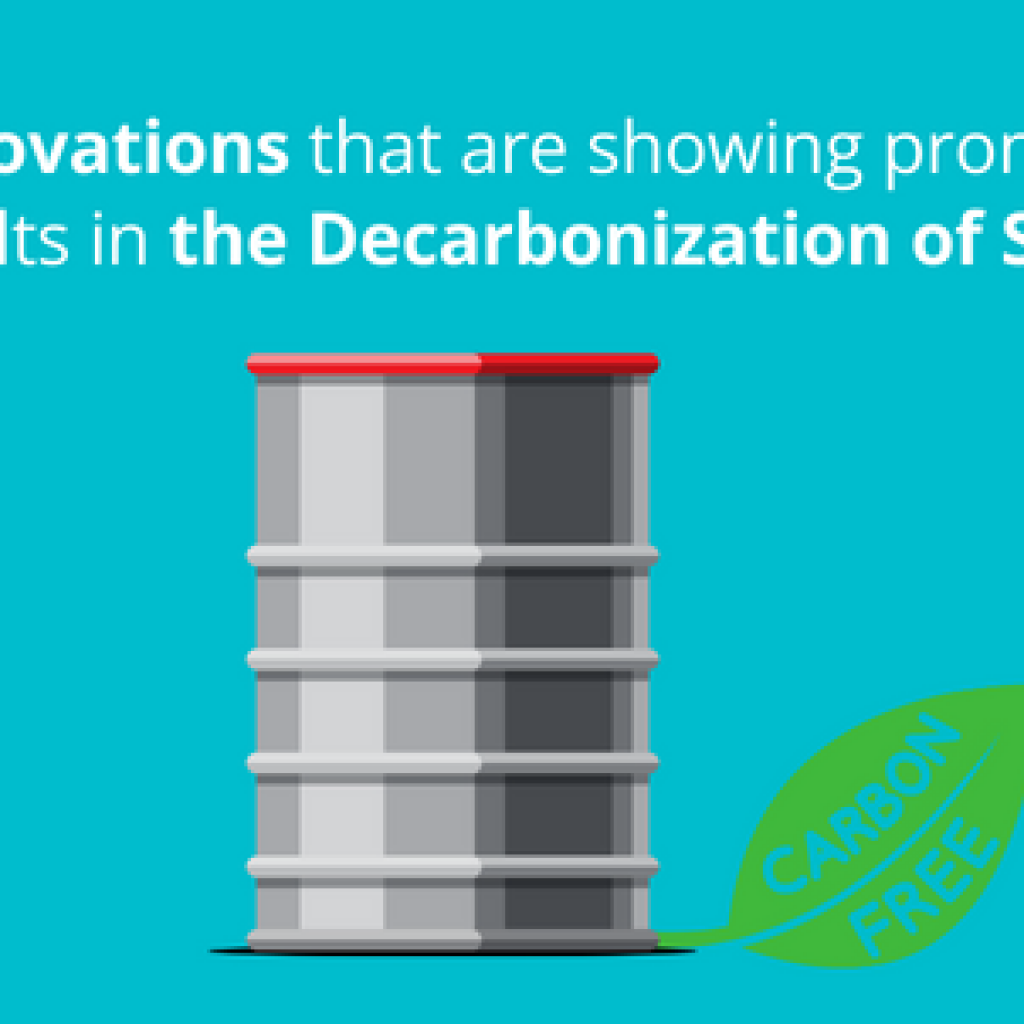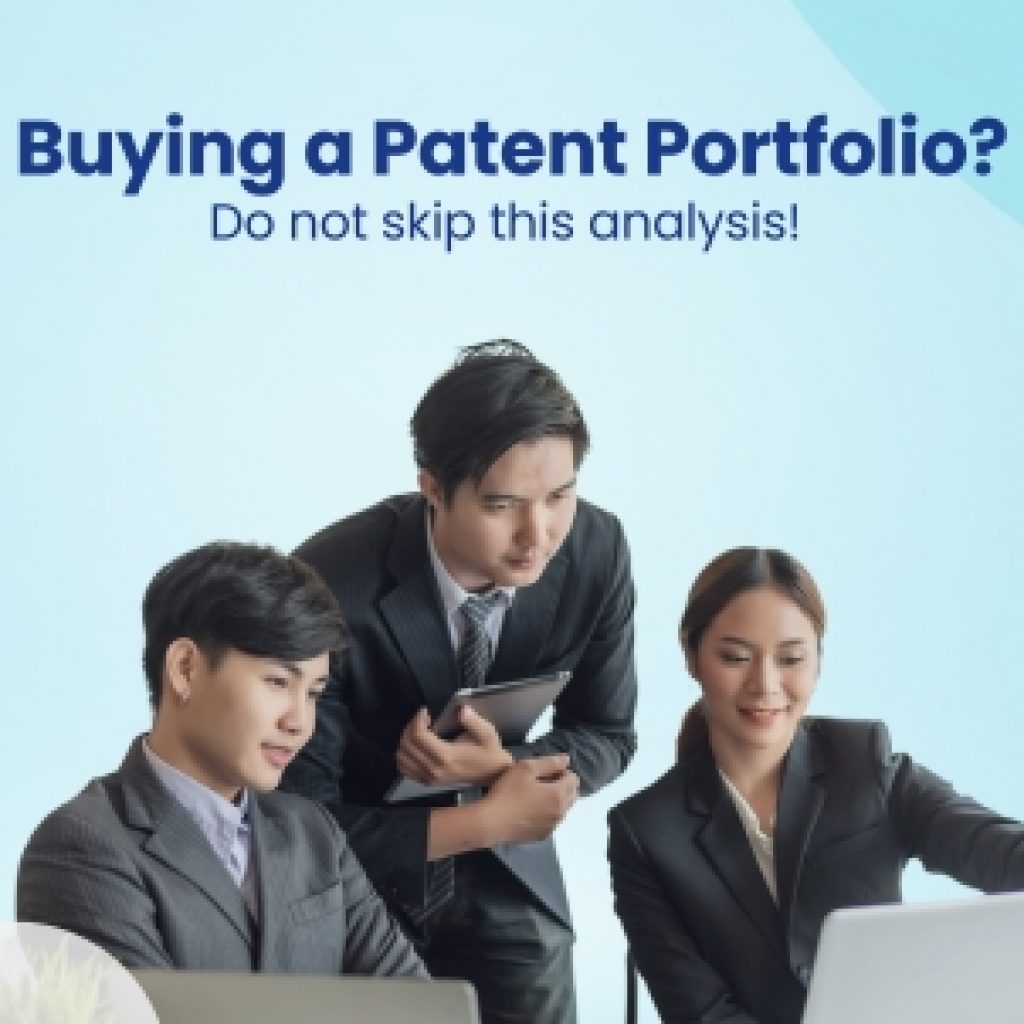“More than 75% of SEP litigations involve 3GPP standards, including these days’ hot topic i.e., 5G standard and its predecessor i.e., 4G, 3G, and 2G.”
The stakes in high-profile litigations in the Telecom domain are so high that invalidating an SEP (Standard Essential Patent) becomes challenging. A miss of a single document (or, to say, an inability to connect the dots) can cause your client to lose millions.
One good thing about challenging such SEPs is that there are very high chances of finding prior art in 3GPP meeting archives (incl. draft/proposals/specs/CRs). This corresponds to the fact that the inventors of SEPs usually participate in 3GPP meetings and innovate around the topics discussed. So, on exploring the 3GPP meetings, you may come across some close prior arts, notably from other companies. This is because delegates from different companies participate and contribute their ideas toward solving the work item defined for the 3GPP workgroup.
If you are an attorney who has worked previously on such high-profile SEP litigation, you might have witnessed a situation where you got hands on a very close art disclosing the idea briefly that you were looking for but missed one or the other claim elements. The finish line is right there, but you are out of fuel and just waiting for someone’s help to cross the line.
I found myself in a very similar situation as a searcher while working on a project that involved finding prior art for a Standard Essential Patent in litigation.
Finding Prior Art for a SEP
Before I share what exactly I did, let me set the right context by explaining the concept I was looking for (it would be just a brief explanation as it’s highly confidential). We needed to find a specific MCS table in which a single index value represents two Modulation schemes in different configurations.
We know from experience that we can find solid leads from 3GPP meeting materials. With that thought, we started the search by exploring the RAN workgroup meetings. On exploring meetings held before the cut-off date, I got a very close proposal from Vivo disclosing the novel idea: a single index value was used to represent two Modulation schemes. However, the MCS table did not include details on code rate, spectral efficiency, etc.
The Missing Feature
This one missing feature was tingling in my brain, as I found it to be very obvious for a skilled person to incorporate the novel idea (found in the VIVO document) in a legacy MCS table-defined standard with details on code rate, spectral efficiency, etc. I already have good supporting documents for that.
Given the very high stakes in the project, I knew that I had to challenge our opponent with the best solution. So, I didn’t stop there and explored the email archives of the VIVO’s researcher on the ETSI list server. The ETSI List Server archives all the emails exchanged between 3GPP delegates. Over the emails, they sometimes exchange ideas, problems, comments, documents, etc. Moreover, the conversations and ideas in these email discussions might not reach the 3GPP contributions. Some ideas may get dropped for being in the initial stage, and some examples may be skipped. That makes email servers a source of exclusive content related to the telecom domain.
Diving into the ETSI archives
I knew the smallest doubt in VIVO’s art could be diluted if a little information could be available in the initial conversation, i.e., the ETSI server from VIVO’s researcher. It could make our case eventually stronger.
I followed this hunch and started tracking down the email conversations in the ETSI platform. And voila! I discovered an email attachment with the same table I was looking for. What more could I ask for?
Conclusion
The email discussions helped us strengthen the case. We shared the document with our client without thinking twice; that’s how sure we were about it. As anticipated, the client was super happy with the approach of finding prior art in the ETSI archives. With it, they could make strong grounds to challenge the SEP under question.
“Never lose hope.” We have heard and read this line so many times. At GreyB, we live on this line every day. If there is any slightest chance that the information exists and can solve a problem for our client, we will find it—every time.
How do we do that? In a nutshell, we align our approach to find different possible ways to crack the case. And we never lose hope. 😉
Authored by: Sayanee Saha, Prior Art










